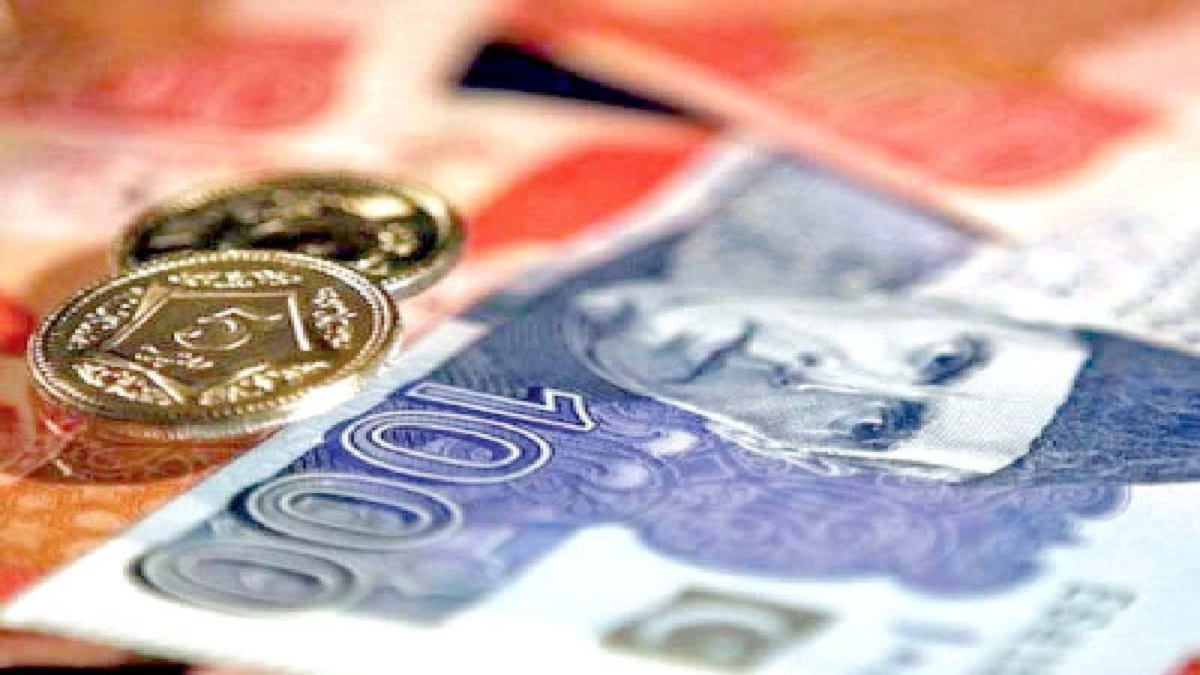The government’s borrowing from scheduled banks shrank 66 percent year-on-year to Rs292.7 billion during the first seven months (July to January) of the current fiscal year.
According to the data, released by the State Bank of Pakistan, the government’s borrowings from the scheduled banks came down by 66 percent year-on-year basis to Rs.292.7 billion during the period from July 2021 to January 2022. The report of the central bank says that the government is slow in taking loans from the scheduled banks and is far from the budgetary target.
As per agreement with the IMF, the government is bound to keep the fiscal deficit within the range with tight monetary policy. The interest rate was increased to 9.75 percent during the ongoing financial year so as to increase the cost of money and decrease the supply of liquidity. The financial analysts are of the view that slow borrowing of the government from the banks may be due to the fact that the government is banking upon some other sources.
One of the dealers in the money market, S. S. Iqbal said, “The government kept the budgetary target for financing through non-banks at Rs.1.241 trillion, which is almost half of the scheduled bank.” Samiullah Tariq, the head of research at Pak-Kuwait investment and Development Company says, “The low amount of borrowing from the scheduled banks during the current fiscal year reflects that the government has been borrowing from non-banking sources.”
Read More: Pakistan’s efforts to strengthen economic resilience appreciated by IMF
To him, the government had opted to take loans from other sources so that the liquidity, lying with the scheduled banks may be utilized by the private sector. The private sector has taken Rs.785.8 billion loans from the banks in the ongoing fiscal year during the period from July 2021 to January 2022 which is about 235 percent higher than the borrowed amount, taken during these months, last year.
The trend of diverting the liquidity towards the private sector has caused the boosting of big economic activities in the country. The government is foreseeing economic growth at the rate of around 5.5 percent during the current fiscal year.
However, a big portion of the government’s revenue goes to debt servicing. In the fiscal year 2020-21, 85 percent was spent on debt servicing and the current year’s situation is this reference does not seem to be encouraging.





















